The Man Who Built Cambodia
A man far ahead of his time, Vann Molyvann was a talented 30 year-old architect who in the late 1950s was entrusted with the keys to the kingdom by Norodom Sihanouk
The Vann Molyvann Project records and preserves the iconic post-modern works of Cambodia’s most famous architect, Vann Molyvann. For a short, glorious period from the 1950s – when the small Southeast Asian country was declared independent from France – to 1970, when a military coup overthrew his sponsor - former prince turned Prime Minister Norodom Sihanouk - the small Kingdom was a shining beacon of post-modern architecture, with Vann at the forefront, in his position as lead state architect.
Combining traditional Khmer forms with the influence of Le Corbusier, he created building after building that re-imagined the capital, Phnom Penh. He oversaw the construction of more than 60 structures, each one of them an instant landmark on the local skyline (which admittedly was a lot lower than the skyscraper-adorned city we now see emerging), including many that still stand today, such as the National Sports Complex affectionately known as Olympic Stadium, and the Chaktomuk Conference Hall, with its fan-shaped roof looking out towards the flowing waters of the Mekong.
Sadly, many have been lost to us – through decades of fighting, civil war, and, perhaps most damagingly, modern development. With most of his blueprints burnt during the brutal Khmer Rouge regime that sought to restart history with its declaration of Year 0, every piece of Vann-designed architecture that falls sees it lost forever - or it would be, if not for the dedication of people like Pen Sereypagna, director at the project.
“The label ‘New Khmer Architecture’ refers to the Cambodian modern architecture movement during Sihanouk’s ‘Sangkum Reastr Niyum’ (Community of the Common People) period,” explains Pen. Launched in 1955, the unique Sihanouk-led ethos aimed to combine Western technique and design with Cambodian tradition and culture. The term ‘New Khmer Architecture’ first appeared in magazines, journals and books about Cambodia in the 1960s, but at first was not very well known locally. “Enthusiastically shared amongst politicians, educated Cambodians and the international community, it soon became a political statement that modern Cambodia had arrived,” says Pen.
However, it didn't last long, with the 1970 coup d'état forcing Sihanouk and Vann into exile followed by the four tumultuous years suffered under Pol Pot rule. Subsequently, there was a catalogue of conflict – including Vietnamese invasion and occupation, a brutal civil war between rival factions, and eventually a peace treaty signed in 1991.
Remarkably though, most of Vann's designs did not fall victim to missiles or bullets, but later commerce and real estate greed, making way for the unremarkable high rises that are a sad global symbol of economic growth. Sadly, he lived to see many knocked down, passing away age 90 at his home in Siem Reap in 2017. For now, the remaining buildings include his iconic Angkor-inspired Independence Monument, the Olympic Stadium, and his Phnom Penh residence, a 1966 masterpiece currently on the market.
In addition to documenting his work, the project raises awareness of Vann’s legacy through ongoing exhibitions, lectures, conferences, workshops and festivals. Through partnership with national and international institutions, they foster collaboration between young Cambodian and foreign architects, students, researchers, artists and curators, connecting them to these extraordinary works of Cambodian modern heritage. “During the time of the Khmer Rouge, from 1975 to 1979,” says Pen, “not only millions of lives were lost, but all archival documents were destroyed. This atrocity left huge gaps in Cambodian history and a disconnect between generations. Through our work documenting and collaborating, we seek to bridge those gaps.”

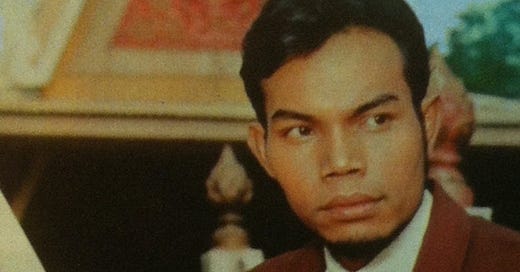


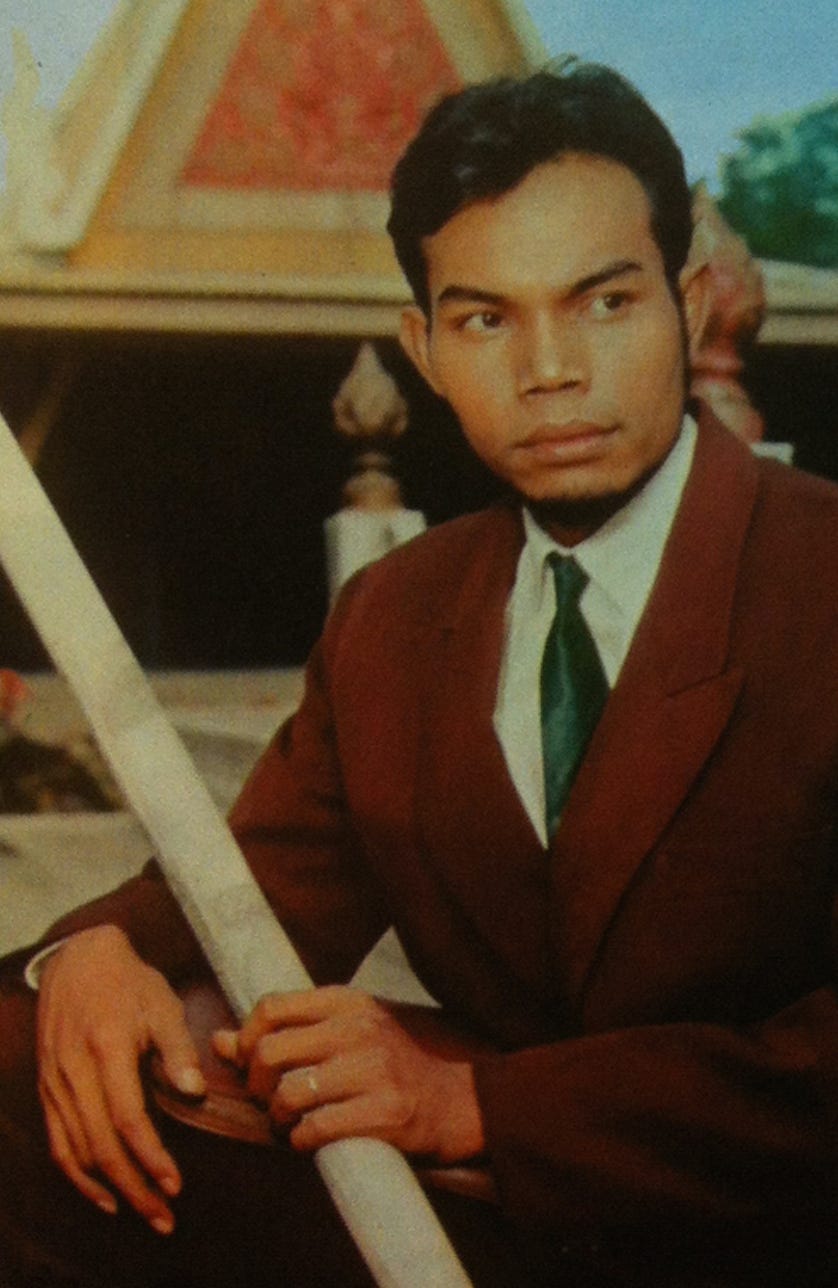
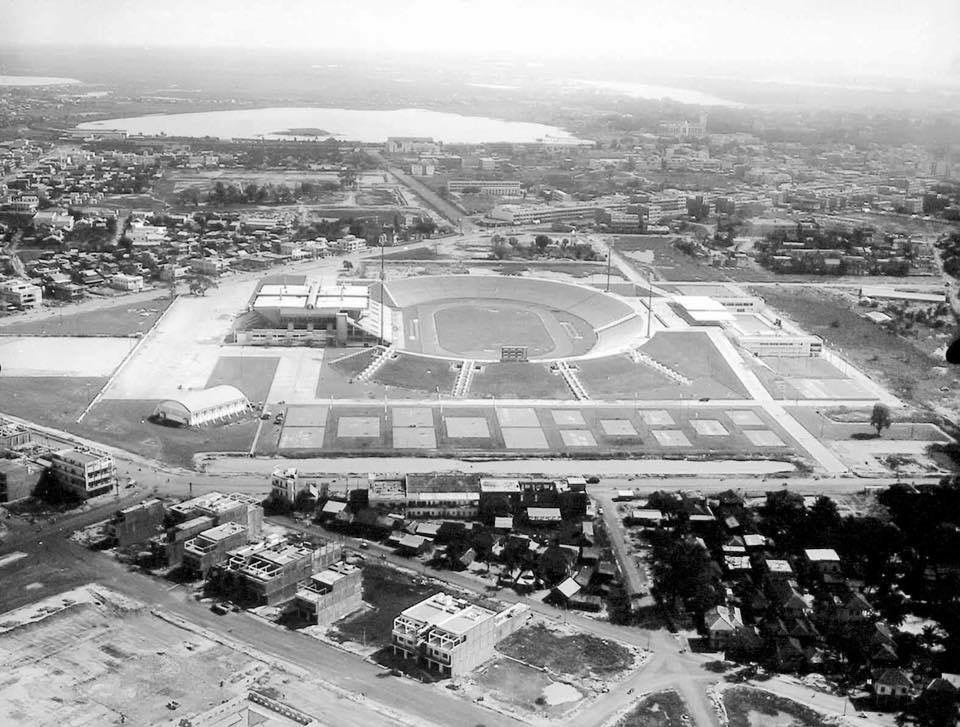
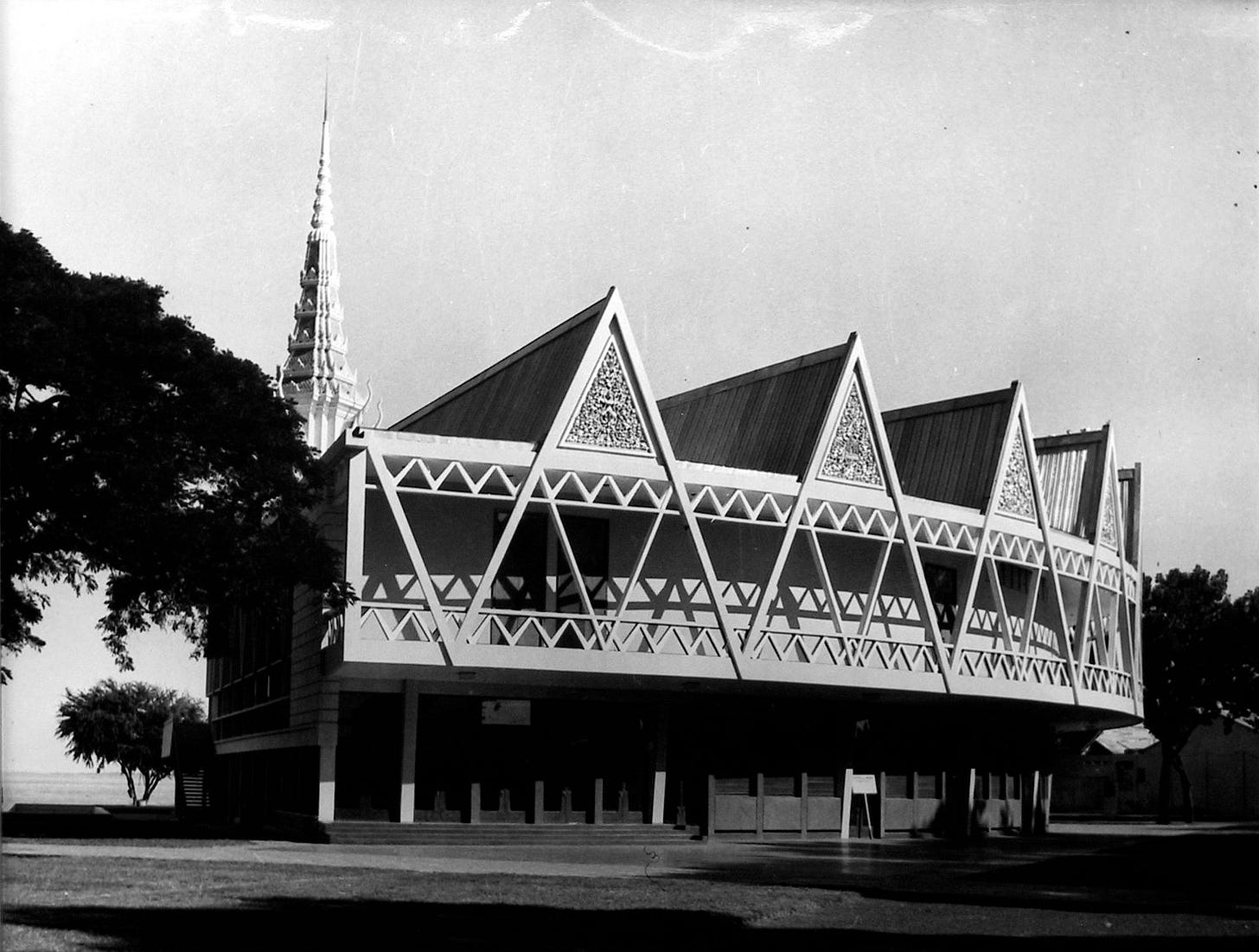
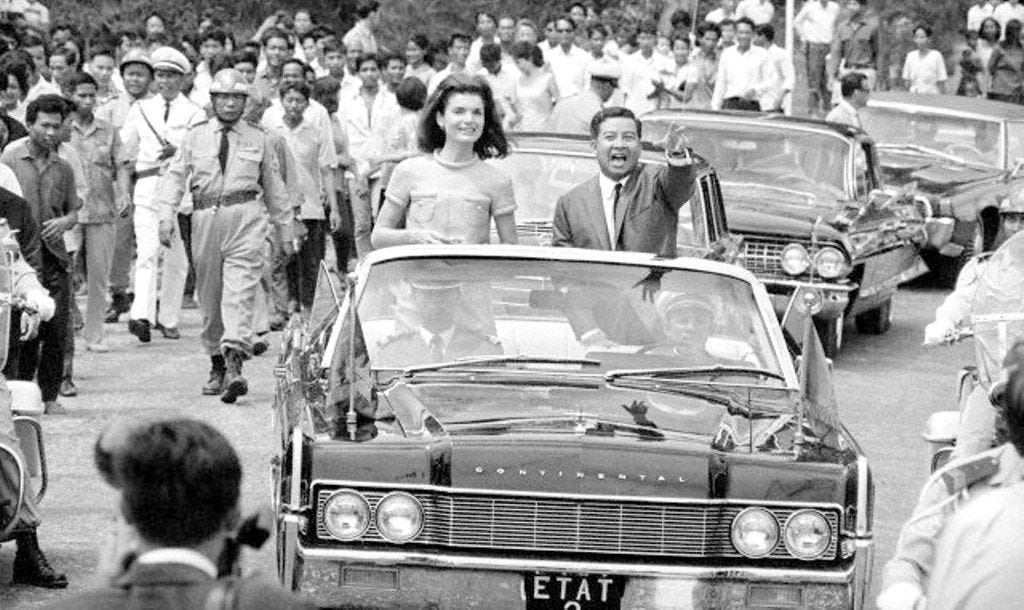
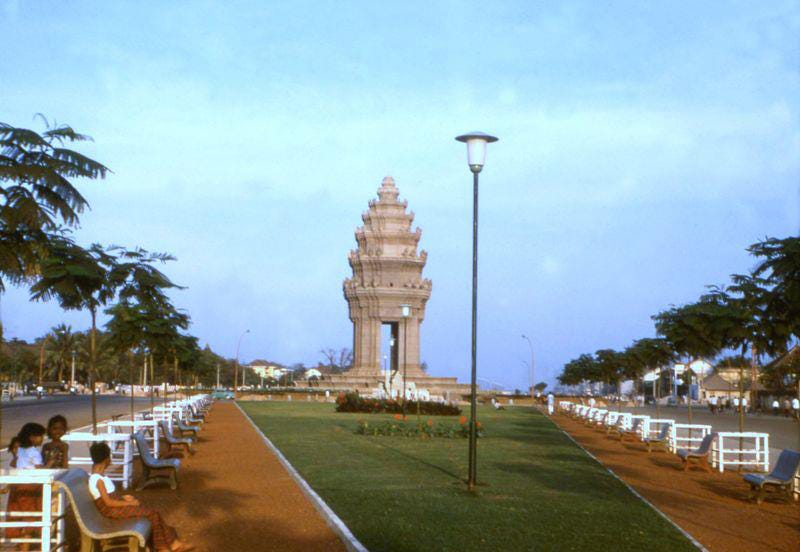
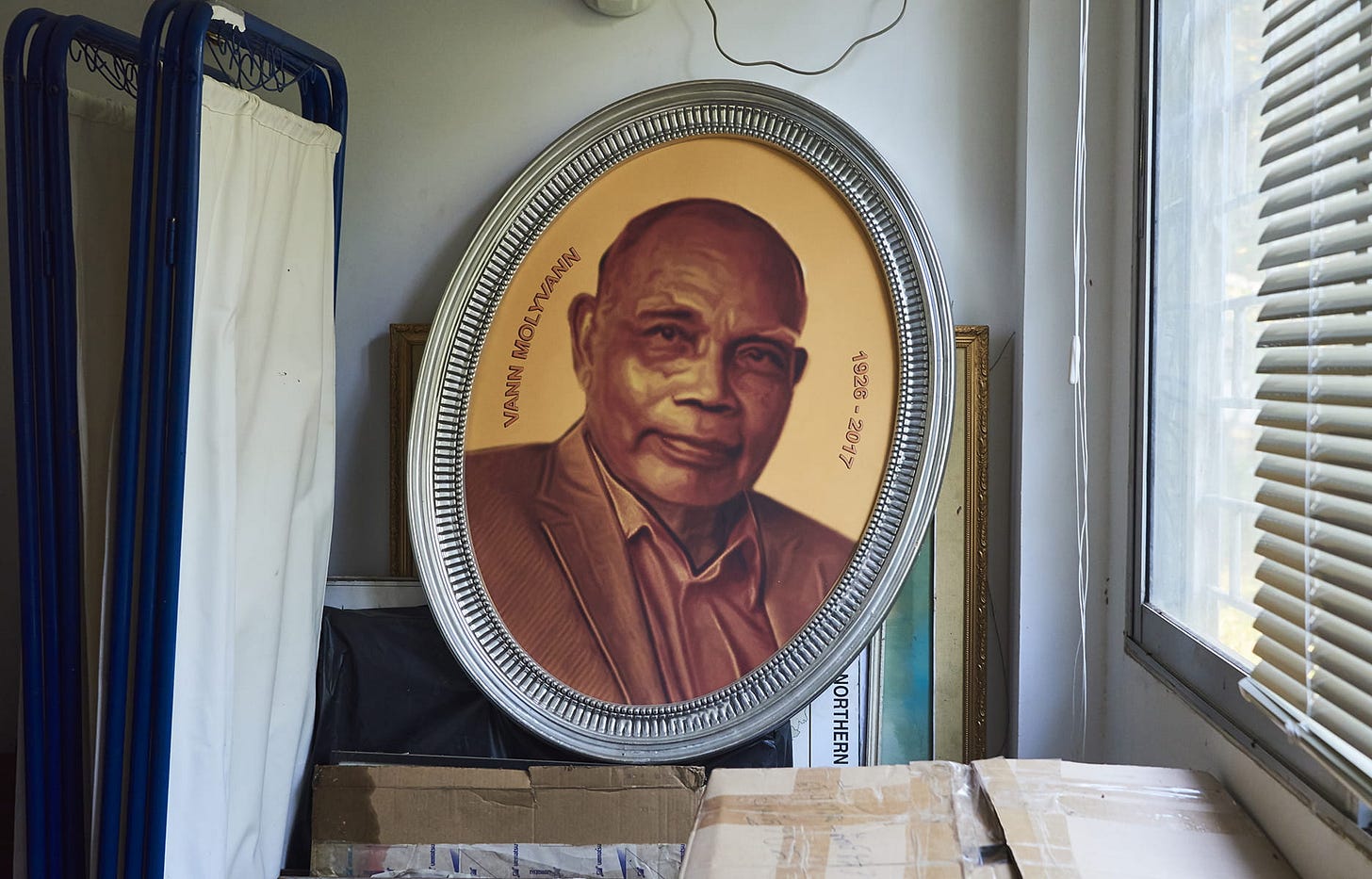
Wow! I would LOVE a tour of his home!